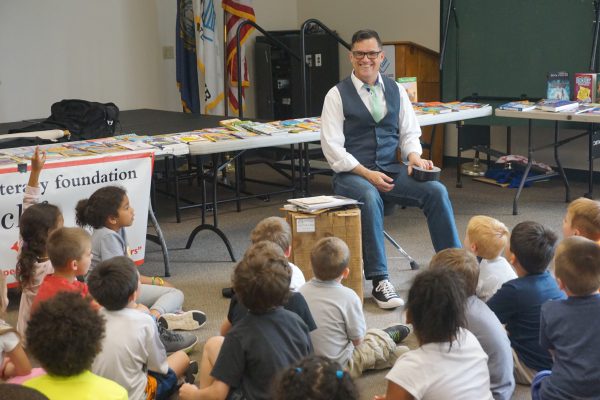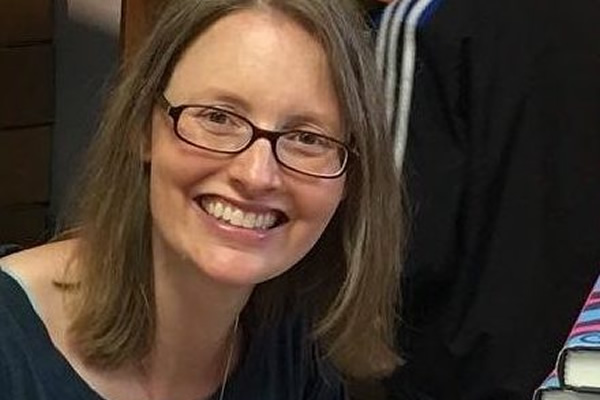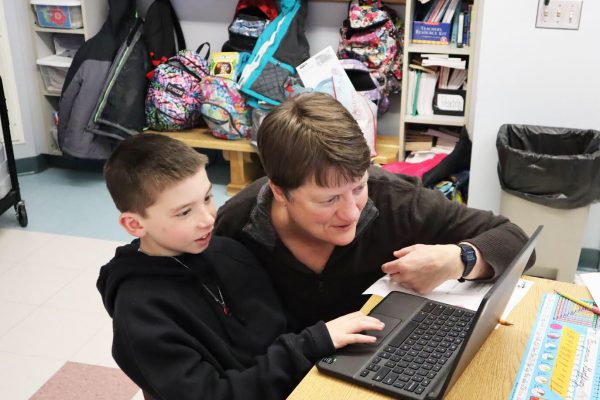
As a storyteller, I read a lot of folk and fairy tales. In the quest to find great stories to tell I do not seek out literary tales (copyright issues) and I also try to find at least two, hopefully three or more, versions of the same story. One reason for this is that someone went to a great deal of effort to find and share a story. If I can only find a single source, I get in touch with that source (author or storyteller) and ask permission to tell the story, or where I might find some other sources. Right now there is a very fun story from Japan I am trying to find another version of! Why do I do this? Because I make money from what I do, and I believe in being ethical. Teachers, librarians, parents, aunts, uncles, grandparents etc., do not have to do this, but it can be a lot of fun (as well as, sometimes, a lot of work).
Some stories don’t need to be set in a particular place when a tale can be found in one form or another anywhere on the planet. But when a story has strong cultural anchors, one should keep the story in its place – its home. Stories can be like people – there are world citizens, and those who/which do not leave their country/culture (sometimes home town)! Digging and delving into story variants and alternate sources often puts you on the trail of other stories, and can lead you to new stories you might never have found otherwise. If something doesn’t make sense (a word, phrase or what seems to be a misplaced action), I look into it.
A story which seems overly reactionary – a camel allows a donkey to fall to its death, for example – can come from a culture which has a harsh or reactionary past. Sometimes these places in history, you might discover as I did with this particular tale, were always being invaded. It was a dangerous region in which to live. When the donkey and camel escape from their captures (in the story I think it was a farm of sorts) they promise when they cross the hills and deserts to be quiet. But the donkey is so thrilled at being free, it begins to sing. They are heard and chased. The camel is able to flee safely however, the donkey comes to an untimely fate.
Researching some of these folk and fairy tales can be incredibly educational, and is a great way to explore the world, its cultures and histories. It can also be a black hole, but a very fun one! Doing this sort of research with your kids (or the kids of others if you are an educator or librarian) is a sneaky way to teach with the fun of stories. If you are doing this research on your own, you can add a lot to the stories you end up telling. You can give them far more depth and richness than some re-tellers of stories provide, and keep (or return) the roots solidly on the tree of story.
Simon Brooks is a storyteller and the author of Under the Oaken Bow, his take on classic folk and fairytales, which includes tips on storytelling. He can be found at www.diamondscree.com. Simon brings his passion for storytelling and unique voice to CLiF programs serving low-income, at-risk, and rural children all over New Hampshire and Vermont.




This is a great reminder that there are always stories and lessons within stories.